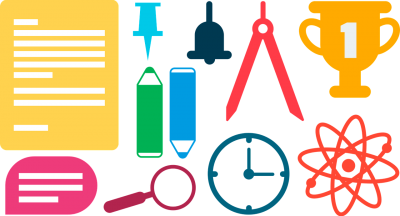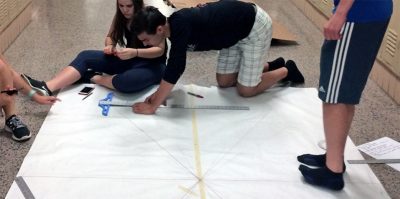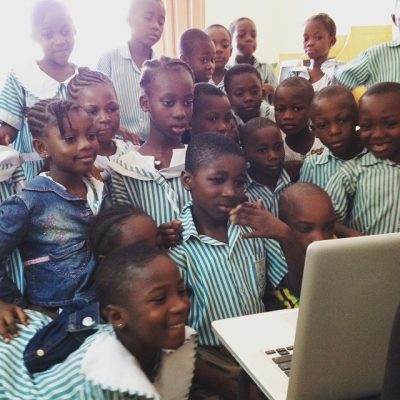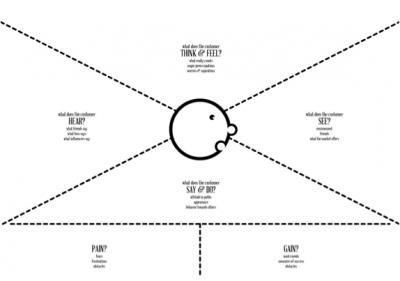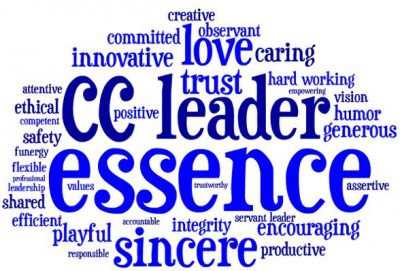Breakfast Club Blog

The BOOST Breakfast Club Blog is a curated space where bloggers from around the world contribute content on a continual basis about a variety of topics relevant to in and out-of-school time. The BOOST Breakfast Club blog is at the heart of an ongoing dialogue where expanded learning and education professionals share their personal thoughts and stories from the in and out-of-school time field. They also tell us what they ate for breakfast!
The BOOST Breakfast Club Blog is Brain Food for In and Out-of-School Time Leaders!
Interested in becoming a blogger? Email breakfastclub@boostcollaborative.org
Click here to Register for a free account or click here to Login to your existing account.
The Platinum Rule
I wrote a blog once about the Golden Rule, and how imperative it is as a manager to respect the Golden Rule: to treat your staff members and colleagues the way you would want to be treated. Later, after talking about it at a workshop, a gentleman came up to me and said that while he liked the Golden Rule, he much preferred the “Platinum Rule”—treat others the way they want to be treated. Ohhhhh, I remember thinking… that’s so much better. Treat others not the way I would ...Read More
Hope Circle: An Opportunity for Creative Movement
Dancing engages nearly all of the brain at once. Just participating in dance is good for the brain, but dance can also be used to intentionally target really important development areas for children. Children can come to see what they are capable of by experiencing the influence they have when they engage in creating dance. One of my favorite creative movement experiences to guide children through, and adults for that matter, is the “Hope Circle” experience. I first participated in a...Read More
Algorithms with Empathy
The algorithms, math, hardware, physics, engineering, computer science, and artificial intelligence behind breakthrough discoveries like those spearheaded by Elon Musk and his teams require a person to be emotionally, socially, and physically prepared for the failures and successes of attempting to reimagine and change our world. I watched with great admiration as one of the most successful human beings of our time, possibly in all human history, cried at the thought of his heroes knocking him f...Read More
Family Communication: How to Create An Atmosphere Where Your Kids Talk to You
I’m only at the cusp of this thing, this elusive thing called “family communication”. My kids are just 5 and 8, but already—already!—I can see the need for intentional and thoughtful strategies to encourage and maintain open lines of communication. I recognize how important it is to set up a safe and open line of communication with my children now so that they can rely on it later. The following list is a mash up of things we’ve just organically tried and things that the ...Read More
Design Thinking Develops Global Citizens
How might we encourage our students to become global leaders? How might we create agency, or a mindset of action, in 21st century kids? Our students are passive. They are used to “sitting and getting” information. Even as we talk about preparing students for the 21st century, the pressures of college acceptance and testing make it difficult to change students’ (and parents’) mindsets. How might we create a bias towards action in our students so that they understand their ...Read More
Experience Inspires Love
When we were the age of our students, neither of us thought that we would be teachers. Even in 2011, when we first entered a classroom to foster relationships between learners across borders, we didn’t consider the possibility that we would end up working in education. But today neither of us could imagine doing anything else. While our path toward becoming educators has not been a traditional one, our mission as co-founders of the not-for-profit organization The OR Network has grown organ...Read More
Design Thinking 101: Solving Problems In and Out of the Classroom
Our students have problems to solve. In school, it may be figuring out how many apples Susie has left after giving Jason four from her original ten. However, at home, it may be figuring out how to take care of younger sibling with a physical disability. Or, it may be figuring out how to transform their community from a “food desert” to one flourishing with fresh, healthy fruits and vegetables. Our students are always solving problems-large and small, spoken and unspoken. With this in...Read More
Improving as a Leader = Improving as a Person
To be a truly good LEADER, one must espouse the following sorts of traits and behaviors: Listen well Speak judiciously Approach others with humility Laugh often (especially at yourself) Treat others with empathy Remain calm and thoughtful in the midst of stress Be mindful of personal health so as to remain valuable to others To be a truly good PERSON, one must espouse the following sorts of traits and behaviors: Listen well Speak judiciously Approach others with humility Laugh often (especially...Read More








